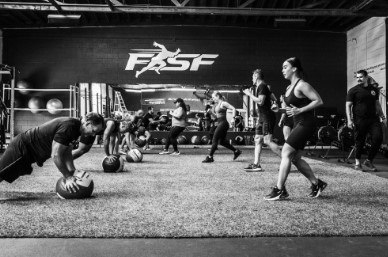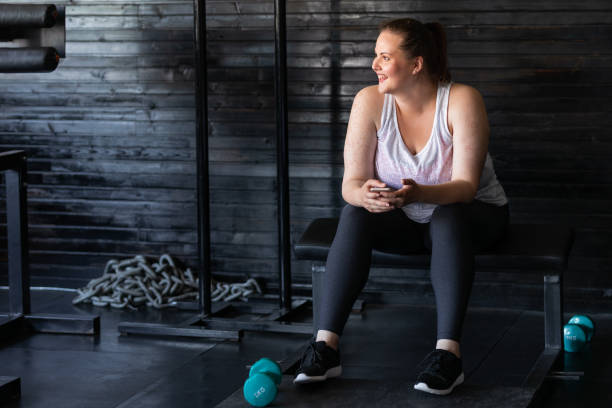Starting your fitness journey can be exciting but also challenging. One key aspect is setting realistic fitness goals that you can stick to. This guide will help you navigate the process of defining achievable goals and maintaining your commitment.
Understanding your starting point
Before diving into your fitness regimen, assess your current fitness level. This “fitness first step” is crucial because it provides a baseline for measuring your progress. Consider factors such as your weight, endurance, strength and flexibility. A consultation with a fitness professional can give you a more comprehensive understanding.
Defining your fitness goals
Be specific
Vague goals like “get fit” or “lose weight” are hard to measure and track. Instead, be specific. For example, try to lose 10 pounds in three months or run a 5K in less than 30 minutes. Specific goals provide clarity and direction.
Make them measurable
Quantifiable goals help you track your progress. Use metrics like time, distance, weight, or body measurements. This way, you can see tangible results, which can be incredibly motivating.
Make sure they are reachable
Setting high goals can seem motivating at first, but if they are too far out of reach, they can lead to frustration. Assess your current fitness and lifestyle to set realistic goals. Gradual progress is the key to long-term success.
Relevance matters
Your goals should align with your interests and lifestyle. If you enjoy swimming, setting a goal to improve your swimming endurance is more relevant and enjoyable than forcing yourself to run if you don’t enjoy it.
Time bound goals
Deadlines create a sense of urgency and help you focus. Whether it’s a three-month weight loss goal or preparing for a race, a time frame will keep you accountable and in control.
Creating an action plan
Break it down
Big goals can be overwhelming. Break them down into smaller, manageable milestones. For example, if your goal is to lose 20 pounds in six months, set monthly goals to lose 3-4 pounds. This makes the overall goal less daunting and easier to achieve.
Schedule regular training sessions
Consistency is key in fitness. Schedule your workouts and treat them as non-negotiable appointments. Find a routine that works for your schedule and stick to it. Whether it’s morning runs or evening gym sessions, regularity is key.
Track your progress
Track your successes and failures. Use a fitness app, journal, or calendar to record your workouts, diet, and any changes in body measurements. Tracking your progress will help you stay motivated and make necessary adjustments.
Stay motivated
Find a workout buddy
A partner can make your fitness journey more enjoyable and responsible. A workout buddy can motivate you on days when you feel less enthusiastic and celebrate your successes with you.
Reward yourself
Set up a reward system for reaching milestones. Treat yourself to something you enjoy, like a new workout outfit, a relaxing massage, or a fun trip. Rewards provide positive reinforcement and make the journey more enjoyable.
Stay flexible
Life is unpredictable and sometimes you might skip a workout or indulge in junk food. Don’t be too hard on yourself. Adjust your plan as needed and stay committed to your long-term goals.
Conclusion
Setting realistic fitness goals and sticking to them requires a strategic approach and positive thinking. Remember that the journey is just as important as the destination. With the right plan, motivation and consistency, you can achieve your fitness aspirations and lead a healthier and happier life.




